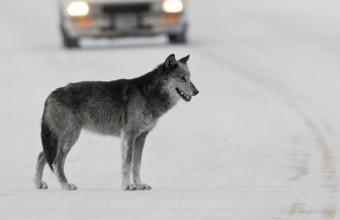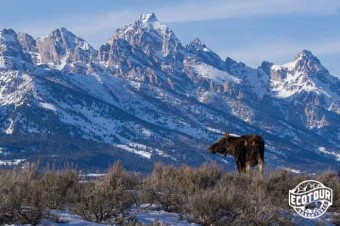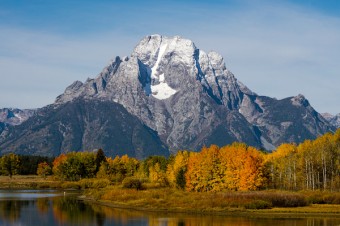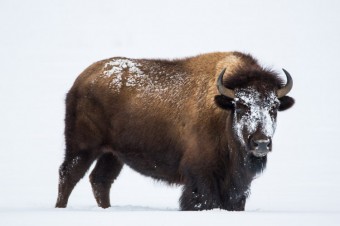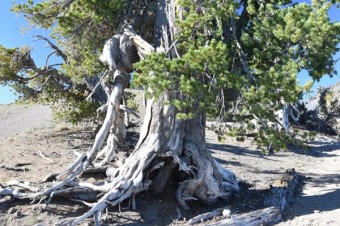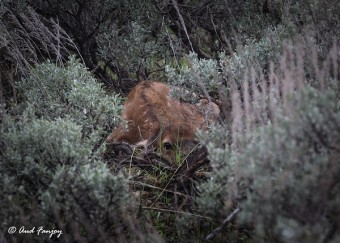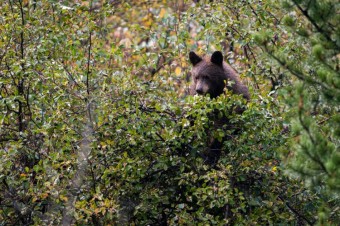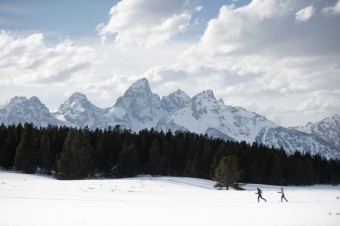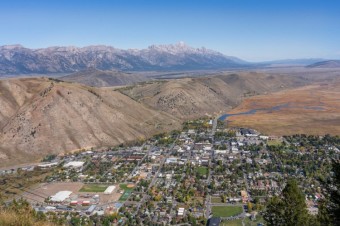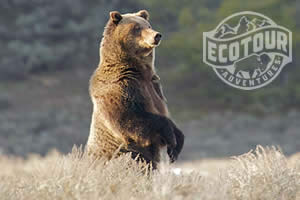Grand Teton National Park’s Newest Wolf Pack
Grand Teton National Park has a new wolf pack that is five members strong! Read more to learn about this pack and the history of wolves in the Greater Yellowstone Ecosystem. Read more
Why are moose solitary?
This is one of the most popular questions we get asked on tour. Like all things in nature, there is a reason for a moose's solitary behavior. Read on to learn! Read more
Exploring America’s Public Lands: A Guide to the Diversity of Natural Treasures
One of the most common questions our guides get asked on tour is, "What are the differences between all the types of public lands in the U.S.?" This blog post answers that question, so read on to learn what these differences are! Read more
Learning Resources About Bison
Interested in learning more about our National Mammal, the American bison? We're excited to begin a new program of sharing book, documentary, and podcast recommendations that our guides have found particularly informative and educational. Our guides have spent years learning about the GYE, so keep in mind that these recommendations only scratch the surface. This month we're highlighting the bison! Read more
Whitebark Pine: What makes this tree so important?
Whitebark pine trees are crucial to the subalpine ecosystem. Unfortunately, they are under threat due to climate change, disease, and insects. Read on to learn about the role of this tree in its ecosystem and what is being done to save it. Read more
What happens during the elk rut?
The beginning of fall marks the elk rut, or mating season, when visitors have a chance to witness one of nature's most impressive displays of wildlife behavior. Read on to learn about elk behavior during this incredible time. Read more
The Baby Boom: Birthing Season in the Greater Yellowstone Ecosystem
Spring marks the arrival of newborns on the landscape. The lush green meadows of the Greater Yellowstone Ecosystem provide nutrient-rich food for mothers and protective cover for their offspring. Elk, bison, mule deer, moose, and pronghorn all give birth between early May and late June, meaning we're seeing a lot of new, adorable faces on the landscape. Read our latest blog post to learn more about the birthing season and the very important reasons behind this seasonal, synchronous timing! Read more
Wildlife watching has been getting a free ride
Should wildlife watchers fund conservation like hunters and anglers do? Read more
What Happens During Bear Hibernation?
With spring's arrival comes the emergence of bears from their winter slumber. Well, it's not really a slumber, contrary to popular belief! What exactly happens when bears hibernate? Read more
Experience the Winter Bighorn Rut
Like a gunshot, the sound of two bighorn butting heads can be heard over a mile away. It's a tell-tale sign (and sound!) of winter in Jackson Hole. The bighorn rut, or mating season, is here and it is one of the Greater Yellowstone Ecosystems most powerful spectacles of nature. Here's what you need to know about this not to be missed natural event. Read more


